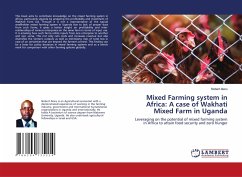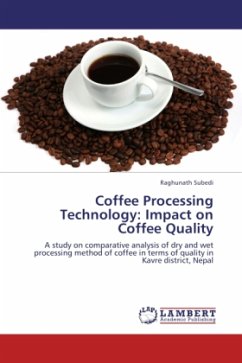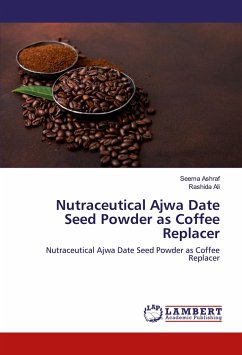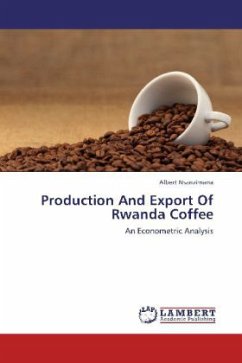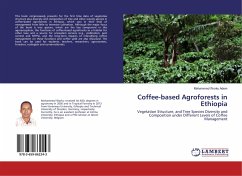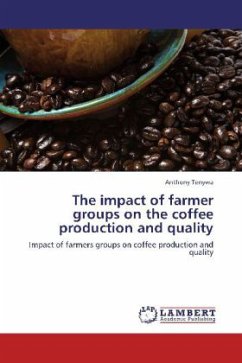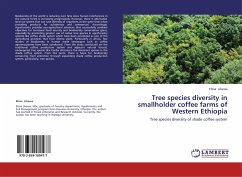
An Integrated Treatment System for Coffee Processing Waste Water
Integration of anaerobic and aerobic processes
Versandkostenfrei!
Versandfertig in 6-10 Tagen
47,99 €
inkl. MwSt.

PAYBACK Punkte
24 °P sammeln!
The experiments were conducted to develop an integrated treatment system for coffee processing wastewater (CPWW) through the combination of biomethanation with aeration and wetland plants treatment. The biomethanation was carried out at different hydraulic retention times (HRTs) using up ow anaerobic hybrid reactor (UAHR) and 18 h of HRT was found to be optimum. The maximum biochemical oxygen demand (BOD), chemical oxygen demand (COD) and total solids (TS) reduction were 66.0%, 61.0% and 58.0%, respectively with organic loading rate of 9.55 kg m-3 day-1. The reduction of pollution load of the ...
The experiments were conducted to develop an integrated treatment system for coffee processing wastewater (CPWW) through the combination of biomethanation with aeration and wetland plants treatment. The biomethanation was carried out at different hydraulic retention times (HRTs) using up ow anaerobic hybrid reactor (UAHR) and 18 h of HRT was found to be optimum. The maximum biochemical oxygen demand (BOD), chemical oxygen demand (COD) and total solids (TS) reduction were 66.0%, 61.0% and 58.0%, respectively with organic loading rate of 9.55 kg m-3 day-1. The reduction of pollution load of the wastewater by microbial action augmented by aeration resulted in the reduction of electrical conductivity (EC), BOD, COD, and total solids (TS). Continuous aeration of wastewater resulted in maximum of 74.6% and 68.6% reduction of BOD and COD. The wetland plant, Typha latifolia reduced 85.4% and 78.0% of BOD and COD, respectively in biomethanated cum aerated CPWW.





